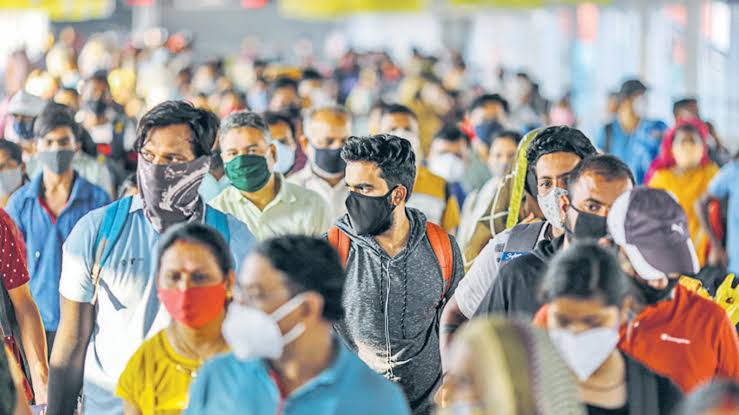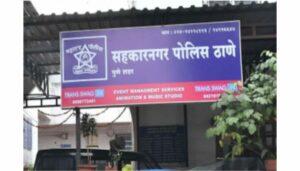The Linguistic Tapestry of India: A Journey Through Dialects, History, and Language Evolution

New Delhi, 28th January 2024: In the vast and diverse landscape of India, the saying “kos kos par badle paani, char kos par baani” holds true, reflecting the changing tastes of water and languages every few miles.
Within the Hindi belt alone, a multitude of dialects such as Braj, Khari boli, Avadhi, Bundeli, Bagheli, Bhojpuri, Kangri, Mewari, Urdu, Garhwali, and various tongues of Chhattisgarh, Rajasthan, and Haryana coexist, each often incomprehensible to the other. The linguistic diversity extends beyond regional boundaries, shaping the way Indians communicate in different contexts.
The Unending Battle for Linguistic Dominance
Hindi, often hailed as a unifying force due to its widespread use by 44% of the population, grapples with its own intricacies, boasting 55 dialects according to the 2011 Census. The journey to establish modern standard Hindi, known as adhunik manak Hindi, has been marked by a struggle for supremacy against Urdu and later, English. This linguistic battle also intertwined with visions of India as a Hindu nation.
In the late colonial period, the demand for Hindi carried both democratic and elitist impulses. Alok Rai, a bilingual writer and scholar, highlights the dichotomy, with one aspect seeking an official language accessible to the common people and the other pursuing an elitist and ideological agenda.
The Shadow of Colonial Prejudice
The colonial era played a pivotal role in shaping the linguistic landscape, creating a divide between Hindiwallahs and Urduwallahs. The choice of Urdu in nastaliq script over Hindi in the Nagari script by the British fueled tensions, leading to a tussle between Hindu and Muslim elites. While the spoken language and grammar were similar, the formal and written language tilted towards either Sanskrit or Persian and Arabic.
The Birth of Modern Standard Hindi
As the 19th and early 20th centuries unfolded, ideologues and literary figures worked to forge modern standard Hindi. The emergence of a new Hindi-belt intelligentsia, supported by journals funded by the Calcutta-based upper classes, aimed to purify and distill Hindi, leaning towards Sanskrit and distancing from colloquialisms.
The Constitutional Compromise
The Constituent Assembly faced significant challenges in deciding on an official language for independent India. The language debates, more contentious than discussions on the Uniform Civil Code, revolved around the dual impulses of democratic inclusivity and ideological pursuits. Mahatma Gandhi advocated for a fused ‘Hindi or Hindustani,’ a language easily understood by the masses.
On September 14, 1949, the Constituent Assembly decided to make Hindi the official language of the Union government, with English as a provisional official language for 15 years. The Eighth Schedule of the Constitution granted official status to multiple languages, reflecting the linguistic diversity of the country.
Language Wars and Compromises
The ensuing decades witnessed language-related tensions, with states being reorganized along linguistic lines. The deadline for English as the official language loomed, leading to heightened fears of Hindi imposition. Tamil Nadu, in particular, vehemently opposed the move, asserting that choosing Hindi as the national language would disadvantage the south.
Despite compromises and amendments, the promotion of Hindi continued. Efforts to establish linguistic purity collided with the natural evolution of spoken language, evident in the dynamic use of languages in cinema and advertising.
A Melting Pot of Words
Javed Akhtar aptly describes spoken Hindi or Hindustani as a stew with many ingredients, including Sanskrit, Persian, Arabic, and various dialects. Attempting to peel back the layers for linguistic purity is akin to peeling an onion, with the essence residing in the diverse layers.
The Current Landscape
In the contemporary era, forces of globalization and technology have taken language dynamics in new directions. English dominates the internet and serves as a gateway to upward mobility. The demand for English education has risen, challenging states to respond. Simultaneously, AI and machine translation have made multilingual transactions seamless.
In a world where smartphones effortlessly communicate in multiple languages, the quest for one language to bind the nation seems obsolete. The linguistic tapestry of India continues to evolve, reflecting its rich history, diverse cultures, and the ever-changing dynamics of communication.








